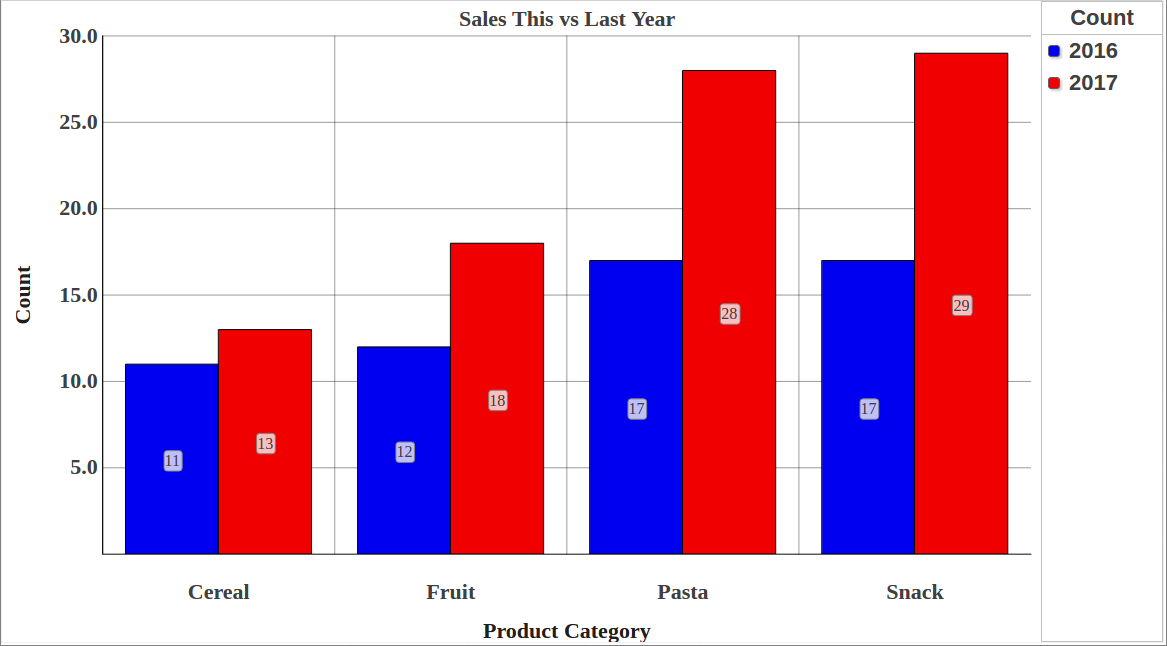Following my previous post, some urged me to get to the point – ok, so I found my "star" journaling globals, the ones that take up the most space – but how do I avoid this? How do I minimize the journal's size?
[DISCLAIMER: Some might still be disappointed after this post as well  but wait till the next one... ]
but wait till the next one... ]


 , here's a poll for Ensemble users.
, here's a poll for Ensemble users.
